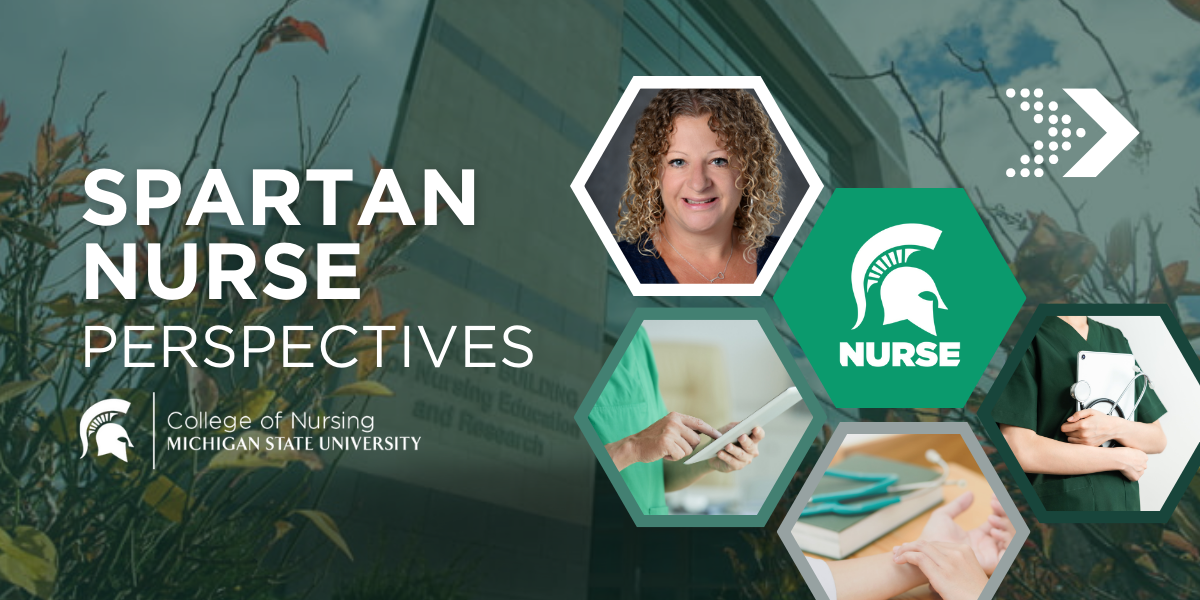News
Spartan Nurse Perspectives Understanding myasthenia gravis

By: Nichole VanElls, RN, DNP, FNP-C, ANP-C
Assistant Professor
Myasthenia gravis (MG) is an autoimmune disorder affecting the neuromuscular junction, or the area in the nerve track responsible for muscle strength. Although it is rare — only affecting 10-20 cases per 1,000 people — it is considered the most common disorder of the neuromuscular junction. The typical onset of disease is both at 30 years of age, and then again at 50 years of age, affecting females more in the younger cohort and mostly males after age 65.
Clinical features of MG are classified as either eye-related or body-wide. Eye symptoms are most common and include drooping of either or both eyelids, double vision, and issues with keeping the eye lids closed. Generalized symptoms include weakness with swallowing, chewing, and speech as well as weakness in the neck, limbs, and respiratory muscles.
A typical report of symptoms includes the aforementioned eye-related symptoms in two thirds of patients, as well as blurring or doubling of vision with extended visual concentration, jaw fatigue with chewing or coughing while eating, slurred speech with nasal quality, and the inability to complete hygiene tasks without taking a break such as washing hair and brushing teeth. These patients may also report difficulty climbing stairs or raising from a chair without needing to use the arm rests.
Keeping a log of symptoms and reporting these to your provider can help in early diagnosis. This is a lifelong disorder that involves a complex treatment plan to keep symptoms at a manageable level and support your quality of life.
Learn more about myasthenia gravis.
